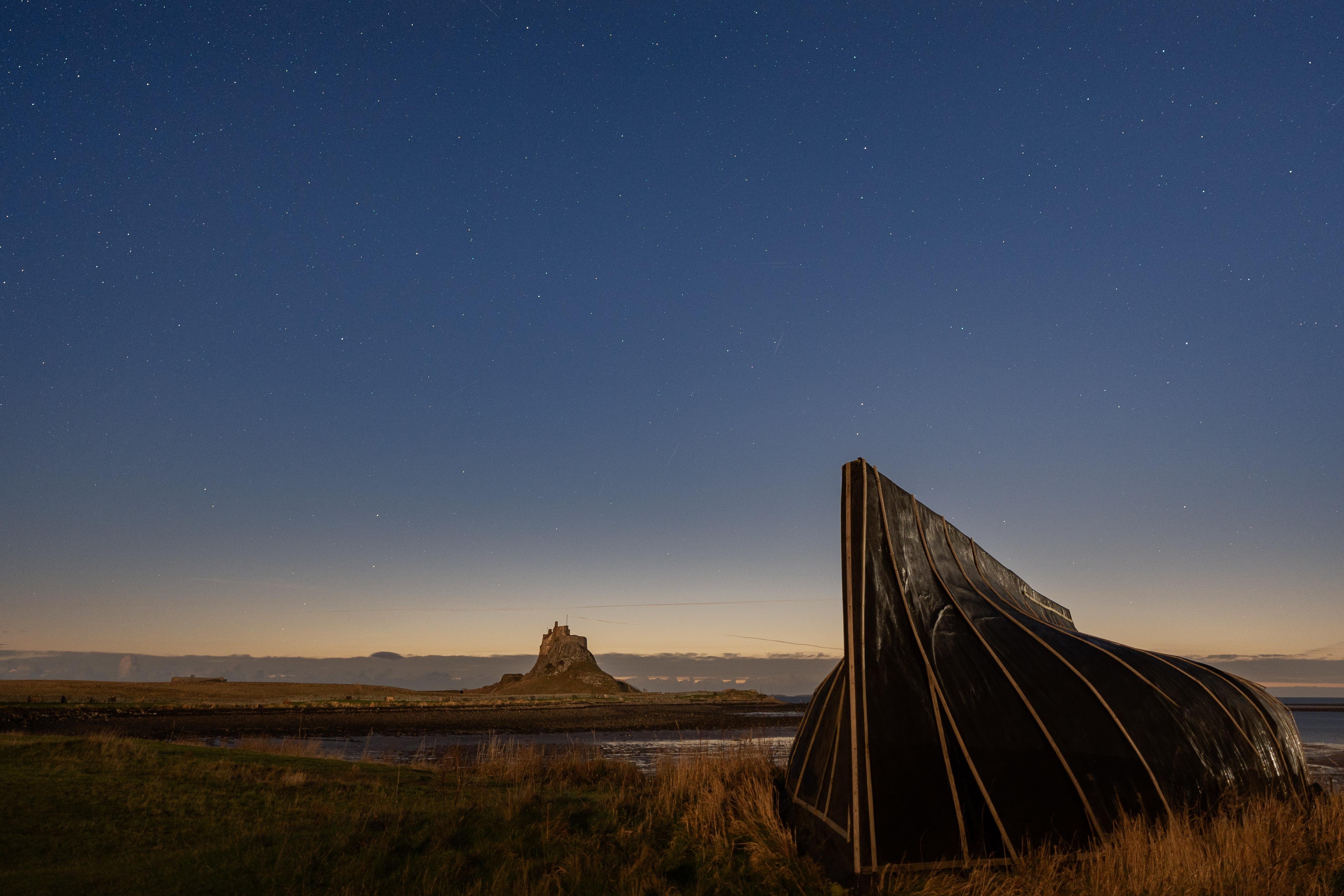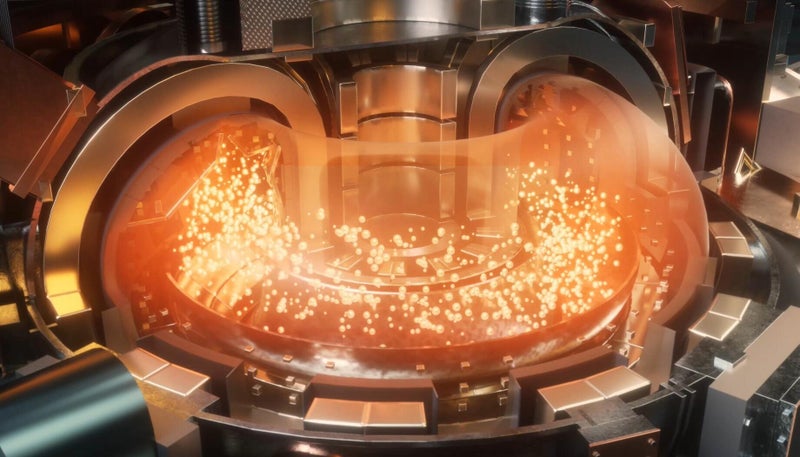Don’t miss ‘multi-coloured’ meteor shower with up to 150 shooting stars an hour TONIGHT – exact time fireballs will peak
Share:
THE Geminid meteor shower is set to peak tonight, giving stargazers a chance to see up to 150 shooting stars in a single hour. The annual event is considered to be the brightest, and most reliable meteor display of the year. The Geminids often appear multi-coloured - casting white, yellow, green, red and blue streaks across the sky.
![[The Geminids often appear multi-coloured - casting white, yellow, green, red and blue streaks across the sky]](https://www.thesun.co.uk/wp-content/uploads/2024/12/photo-taken-kushimoto-wakayama-prefecture-956907496.jpg?strip=all&w=960)
The colour each meteor displays as it burns up in Earth's atmosphere reveals what the space rock is made of. The annual event lasts from 4 until 20 December. But activity peaks this weekend, from 13 to 15 December. The 24-hour peak means Geminid meteors can be seen during both night and predawn hours.
![[The 24-hour peak means Geminid meteors can be seen during both night and predawn hours]](https://www.thesun.co.uk/wp-content/uploads/2024/12/2020-photographed-kubuqi-desert-inner-923607015.jpg?strip=all&w=960)
Although, this year's display may be outshone by the Cold Moon - the last full Moon of the year. The Geminids are visible around 9pm or 10pm local time in the UK and the US. However, Dr Shyam Balaji, an astroparticle physics and cosmology researcher at King’s College London, has suggested going outside a few hours later for an even better display.
"The best time to view the Geminid meteor shower is around 2am local time," he said. "When the radiant point is highest in the sky.". While the lunar glare might mask some of the meteors, stargazers are still in a good position to catch an unusual amount of shooting stars.
Midnight is when the Moon is highest in the sky, before it sets around 6am. The lower the Moon is in the sky, the more chance you have of escaping its pesky glare. While they are most prominent in the northern hemisphere, the Geminids can be viewed worldwide.






















